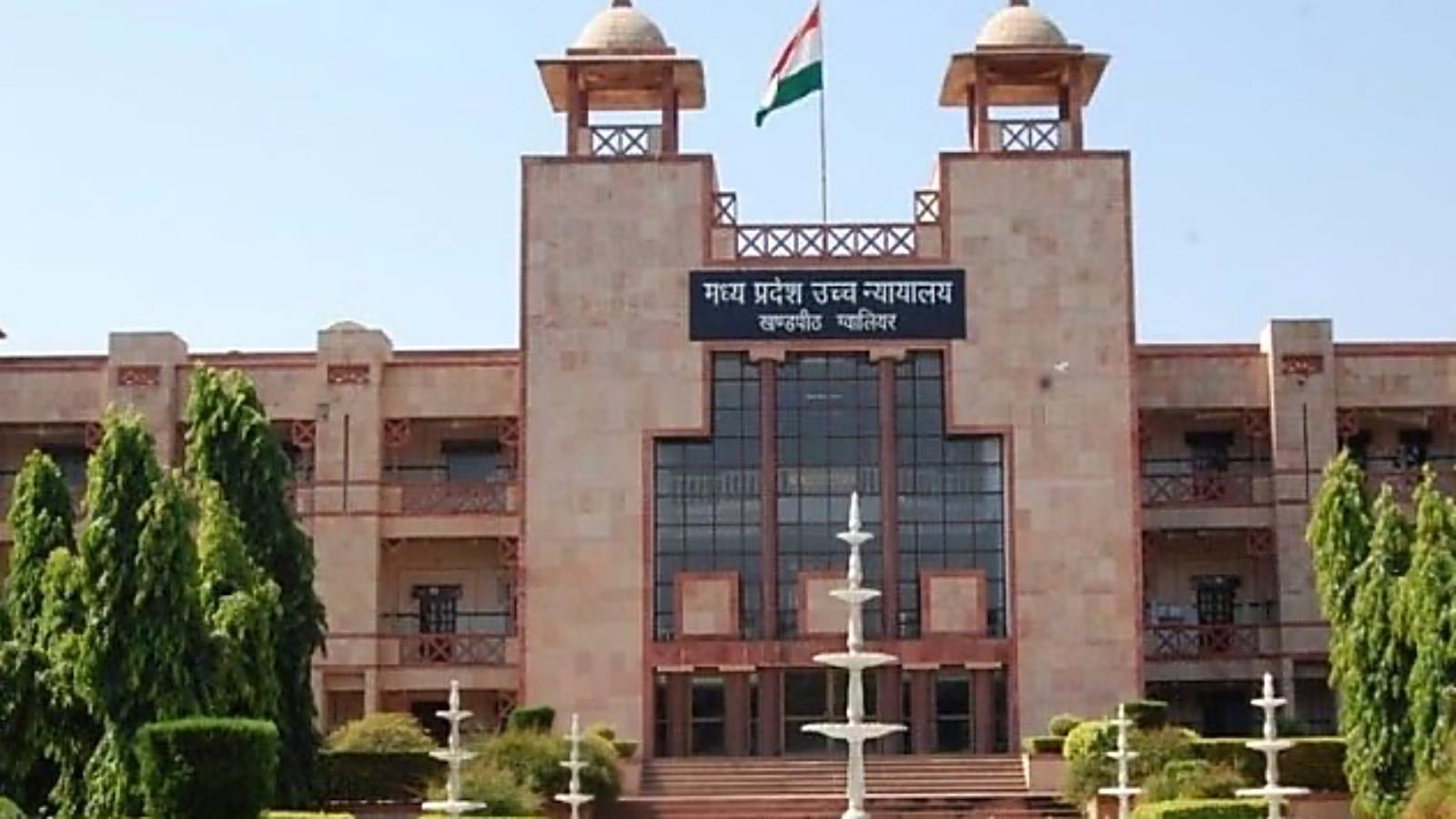Raghuveera Gadyam – the very title of Vedanta Desika’s work in praise of Rama tells us that Rama was a veera. He was known for His valorous deeds. But in this work, Desika also says Rama sought refuge in Sugreeva, elaborated T.N. Aravamuda Thathachariar in a discourse. Desika praises this surrender of the Lord.
Rama was the Supreme One incarnate, and therefore, was capable of granting moksha. That being the case, why should He seek refuge in a mere monkey? It was Desika’s intention to highlight Rama’s saulabhya (accessibility), and he does so by showing that even if it was a monkey, Rama was kind to him and made him feel that his service to Rama was important. Raghuveera Gadyam follows Valmiki’s Ramayana, canto by canto, in praising the auspicious qualities evident in each canto. Desika uses the word “Saranagataha”, while describing Rama’s approach to Sugreeva.
So where is the source of this idea of Rama’s surrender to Sugreeva? It is there in canto seven of Kishkinda Kaanda in Valmiki Ramayana. Rama, appreciating Sugreeva’s offer of help, says that Sugreeva’s effort is going to be significant in the search for Sita. Sugreeva, even while offering his help to Rama, consoles Him. Sugreeva says that weeping is of no use, and that Rama should stop crying over Sita, who will definitely be rescued. Rama replies that He is grateful for Sugreeva’s advice.
The whole episode shows the Lord humbling Himself before the monkey king. He does not need Sugreeva’s advice, but lends him a patient hearing. That is why Desika draws attention to His swaatantrya, meaning His non-dependence on anyone for anything. For someone who acts independently, and needs no one’s help for anything, His manner towards Sugreeva is a rare quality indeed. Hence Desika praises this quality of the Lord.



.png)
.png)
.png)
















 1 day ago
8
1 day ago
8







 English (US) ·
English (US) ·